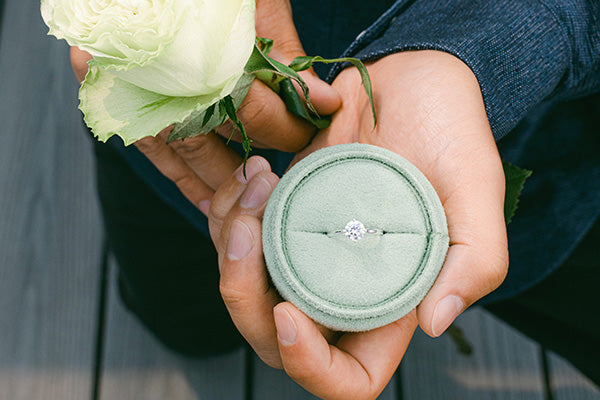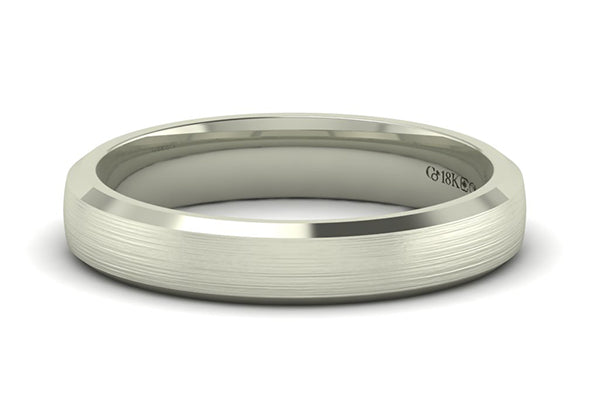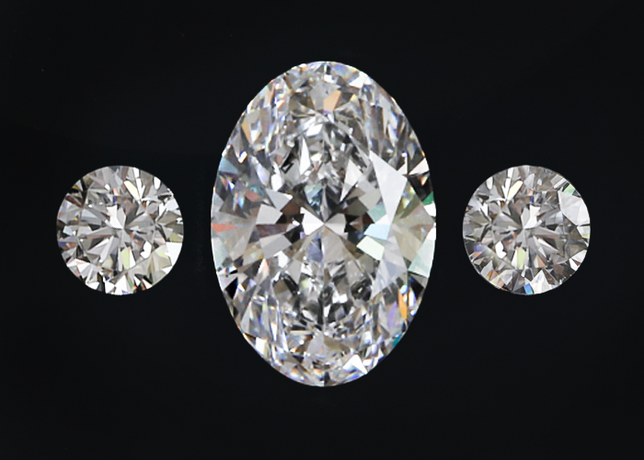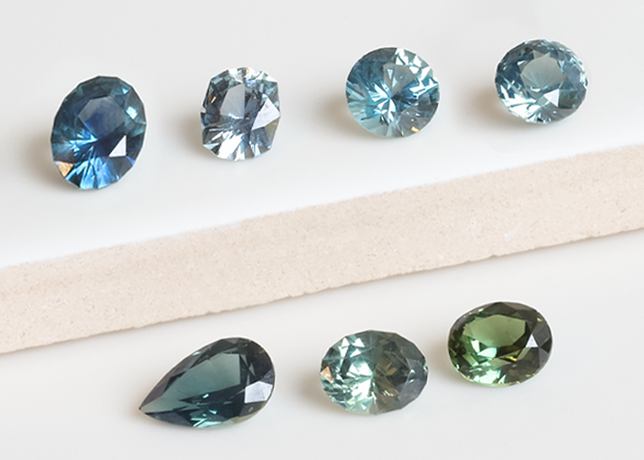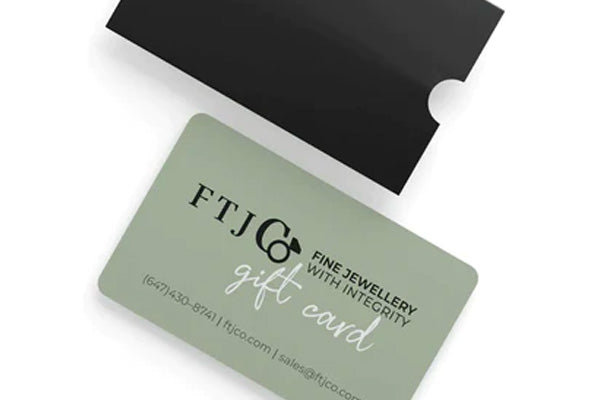Antique & Vintage Diamonds - Old European & Old Mine Cuts
ONE-OF-A-KIND BEAUTY

THE DEEPER THE PAVILION, THE OLDER THE DIAMOND
Old Mine Cut
Old European Cut
Standard Round Brilliant
THE EVOLUTION OF DIAMOND CUTS
Diamonds have been used in jewellery since Roman times, but they were extremely rare back then. Up until the late 19th century, diamonds were usually worn only by royalty.
The most familiar cut today is the modern round brilliant, but this cut started its evolution around 1700. For the next 200 years, that early cut evolved and iterated and these historical cuts can be referred to generally as 'Old Mine' cuts.
These cuts are characterized by a small table, tall crown, deep pavilion and a large culet (see figures 1,2 below). In theory, as we go through time, everything becomes more symmetrical, the crown height goes down, the table gets larger, the culet gets smaller and everything becomes more trimmed.
The bottom of a diamond, which comes to a point in modern cuts, is called the culet. It was up until the 1940s that 'open culets' (where the bottom of the diamond was a flat facet as opposed to a point) were popular. Open culets are another unique aspect of a vintage diamonds and a way to separate them from modern cuts.
Image Source: Wikipedia
In 1866, diamonds were discovered in South Africa in what came to be known as the Kimberley Mine. Such a large discovery made diamonds accessible to those who had enough discretionary income to afford fine jewellery, but were not necessarily royalty. Prior to 1866, there were very few diamonds in the world and those that existed came mostly from India and Brazil.
Most of our vintage diamonds are circa 1866–1930, with the Old Mine cuts dating from the earlier part of this period and the Old European cuts dating from the later part.
As the supply of rough diamonds expanded, so too did the diamond cutting business. During this time you will find regional differences in cutting styles; for example, the English preferred a more square outline. Sometimes proportions would differ between markets. During this period the major cutting centers were in London, Antwerp, Paris, Venice, Brussels and Bruges and, interestingly, in Boston where a fellow named Henry Morse set up cutting in the late 19th century. Some of the old mine cuts and old European cuts we see today were actually cut in the United States by European trained cutters.
It was during this time that technological advances combined with the increased market, spurred a revolution in diamond cutting that culminated in the round brilliant and other modern cuts you see today.
We have vintage diamonds in our Toronto studio that can be set in most of our ring styles or a custom ring made just for you.
Every ring we make is custom to the client, using unique, certified, materials like these vintage diamonds. For that reason, our clients are always wearing a ring that nobody else has.
 Solitaire
Solitaire
 Solitaire with Pavé
Solitaire with Pavé
 Bezel Set
Bezel Set
 Halo
Halo
 Multistone
Multistone
 Unique
Unique
 Nature Inspired
Nature Inspired
 Everyday
Everyday
 Wider Band
Wider Band
